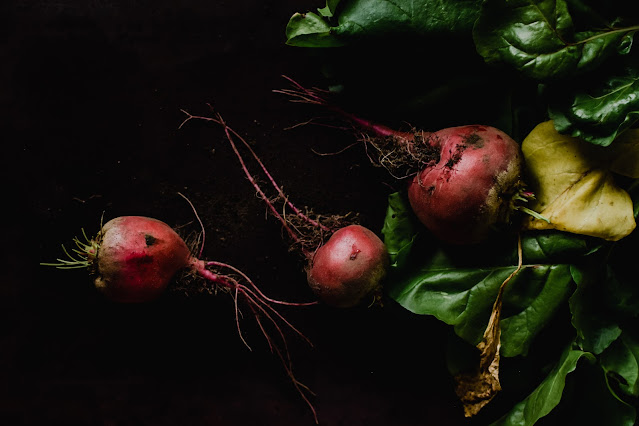Significance and Importance of Rangoli
Rangoli is derived from the Sanskrit word ‘rangavalli’. Rangoli is an art which precedes sculpture and painting. It is both an auspicious and a preliminary necessity in any religious ritual. It is a custom to draw rangolis at the site of any religious holy festival, wedding, ritualistic worship etc.
The two aims of drawing rangolis are revelation of beauty and the acquisition of auspiciousness. The forms drawn in the rangoli are symbolic. A curved line produces a better effect of beauty than a straight one.
Usually it is women who draw rangolis. They do not require any devices such as a ruler, a thread, a brush, etc. to draw them. They freely move their fingers to create various shapes with ease.
What is rangoli made of?
Rangoli is a coarse powder obtained by pounding a cleavable and lustrous mineral (shirgola). In the Konkan region (near Maharashtra and Goa states in India) the husks of rice are burnt and the white ash obtained is used as rangoli.
How is rangoli executed?
A pinch of rangoli powder is taken using the index finger and thumb. As the rangoli is a coarse powder of special soft white stone, it can flow freely when slowly released from the pinch of index finger and thumb.
To make a rangolis on floor, following steps are used –
- The surface on which the rangolis are drawn is prepared by cleaning it thoroughly. Traditionally, the surface was smeared with cow dung, and after it dried, rangolis are drawn on it at specific locations. In ancient times it was a practice to daily sweep and sprinkle every doorstep with cow dung and draw rangoli.
- A design or auspicious symbols or signs are selected for drawing.
- After the selection, the required numbers of points are created on the floor using the rangoli.
- Then these points are joined with the appropriate design shapes, lines, curves, etc.
Lastly, colours are filled in the rangolis as per the design recommendations.
Where is the rangoli drawn?
Rangoli is generally drawn on mud floor, cow dung smeared floor, tiled floor, etc.
- When performing the act of moving lit lamps about the face for someone (Āratī) too, rangolī is drawn around the wooden seat (pat) on which he is seated and also in front of him.
- At public functions also during a meal rangolī is drawn around a wooden seat and the plate or leaf on which the meal is served.
- During Diwali various rangolis designs are drawn at the doorstep and decorated with different colours.
- After smearing the ground with cow dung one should not forget to draw at least four lines of rangoli on it. Ground smeared with cow dung but not decorated with rangoli is said to be inauspicious.
What are the various types of rangoli?
- Rangoli is of two main types :
- Form dominant: In this type of rangolis, lines, cones and circles are drawn proportionately.
- Ornamental: In this type of rangolis, importance is given to flowers, leaves, trees, creepers, animals and birds. This rangoli is more appealing than the form dominant one.
- A conch, Swastik, Moon, Sun
- Two parallel lines of rangoli are drawn. In the middle of the lines two curved lines are drawn so as to create a chain. This chain represents a serpent couple.
- The eight petals represent the universe with eight directions, as well as the sun and Deity Vishnu. The lotus is symbolic of Goddess Lakshmi as well as the energy for procreation, so it is given special importance in the worship of Deity Vishnu.
- Besides rangolis with a one-sided auspicious emblem (ekalingatobhadra), eight-sided propitious emblems (ashtalingatobhadra) and those which are auspicious on all sides (sarvatobhadra) are also drawn pertaining to religious acts. In this type, a big square is divided into small squares. The small squares are filled with vermilion (kumkum) in a specific manner so as to create the form of Deity Shiva's linga. These rangolis are seen in the Shaiva sect.
- Another type of rangolis are drawn with the help of dots. First the dots are made on the ground and then vertical and transverse lines are drawn joining these dots so as to create various figures such as a peacock, a tortoise, a lotus, a creeper, etc. Though rangolis with dots is complicated, it is attractive.
Spiritual significance of rangoli
In Hindu Dharma, rangoli is drawn during every festival, auspicious occasion, religious rituals, etc. All the festivals, auspicious occasions, rituals, etc. are associated with one of Deity principles. During these days, the Divine principle of a specific Deity is present in the atmosphere in a larger proportion on the day of the respective festival or is attracted to the venue where religious rituals of that Deity are being performed. In order to attract maximum Deity principle, rangolis that attract and transmit respective Deity principle are drawn so that everyone derives spiritual benefits from it.
According to a Principle in Spirituality that ‘word, touch, taste, form, smell and their energy co-exist,’ even if a small variation is made in the form and colour of the rangoli, its vibrations change. The booklet ‘Sattvik Rangolis’ illustrates various sattvik designs ofrangolis which attract and transmit various Deity Principles such as – Deity Ganesh, Deity Rama, Deity Krushna, et. al.
The main feature of sattvik rangoli is due to transmittance of Deity Principle, the devotees get various anubhutis (spiritual experiences) of Shakti (Divine Energy), Bhav (spiritual emotion), Chaitanya (Divine Consciousness), Anand (Bliss) and Shanti(Serenity).



Comments
Post a Comment